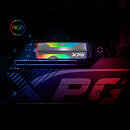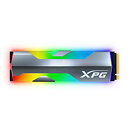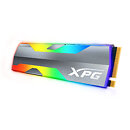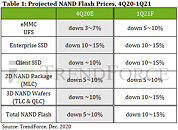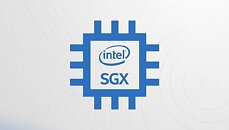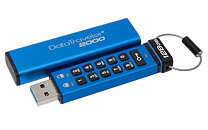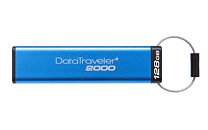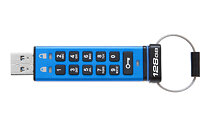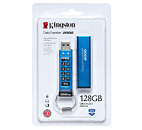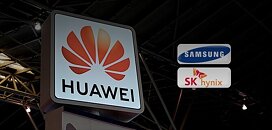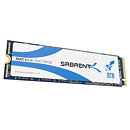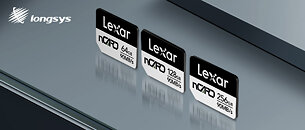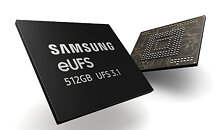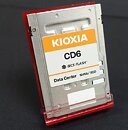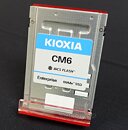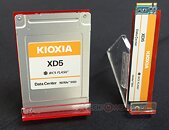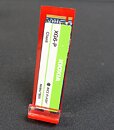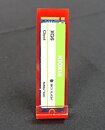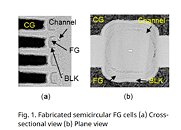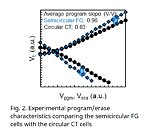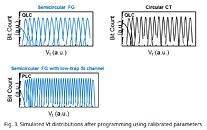
ADATA Unveils Industrial-grade IEM5141A eMMC
ADATA Technology, a manufacturer of high-performance DRAM modules, NAND Flash products, mobile accessories, gaming products, electric power trains, and industrial solutions, today announces the ADATA IEM5141A embedded multi media cards. Ideally suited for industrial and IoT applications, the ADATA IEM5141A meets JEDEC eMMC 5.1 HS400 standard that delivers high read/write speeds of up to 300/170 MB/s,and low-power consumption of optimized performance.
The IEM5141A is a fully integrated device with built-in controllerand NAND Flash for higher capacities, durability, and perfectly suited for space-constrained IPCs and server boot-up applications. Furthermore, the IEM5141A offers Auto sleep on/off mode for low power consumption, Partitioning Management, and Thermal Throttling. It also features wide-temperature operability (-40°C - +85°C) and a 3,000 P/E cycle for excellent stability and reliability.
The IEM5141A is a fully integrated device with built-in controllerand NAND Flash for higher capacities, durability, and perfectly suited for space-constrained IPCs and server boot-up applications. Furthermore, the IEM5141A offers Auto sleep on/off mode for low power consumption, Partitioning Management, and Thermal Throttling. It also features wide-temperature operability (-40°C - +85°C) and a 3,000 P/E cycle for excellent stability and reliability.


